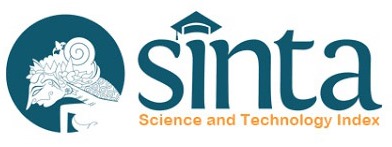Prioritization of Food-Chemical Hazard Pairs of Indonesian Fishery Products Based on Export Rejection Year 2017-2019
Abstract
Necessary approaches are needed to reduce the impact of rejected exported Indonesian seafood due to chemical contamination. This study aims to prioritize food and chemical pairs in the rejected fishery products. The rejection data from three major export destinations: the United States, the European Union, and Japan in 2017-2019 were used. Combinations of food and chemicals were developed and screened, followed by constructing a risk matrix to prioritize the pairs based on health and economic impact. Based on the health impact, a tuna–histamine pair was considered medium risk along with other commodities pairing with heavy metals. Tuna is the most exported seafood and suffers from the most loss; hence it has the highest score for severity and likelihood of economic impact. The combination of health and economic-based prioritization suggested that tuna–histamine was the top priority for immediate mitigation. The second priority consisted of shark–mercury, swordfish–mercury, octopus–cadmium; mahi-mahi–histamine was the third priority. This prioritization can assist risk managers in determining the order of commodities be acted upon based on health and economic considerations to enhance global market access.
Keywords
Full Text:
PDFDOI: https://doi.org/10.15578/squalen.636
Refbacks
- There are currently no refbacks.
ISSN : 2089-5690(print), E-ISSN : 2406-9272(online)
This work is licensed under a Creative Commons Attribution-NonCommercial-ShareAlike 4.0 International License.











